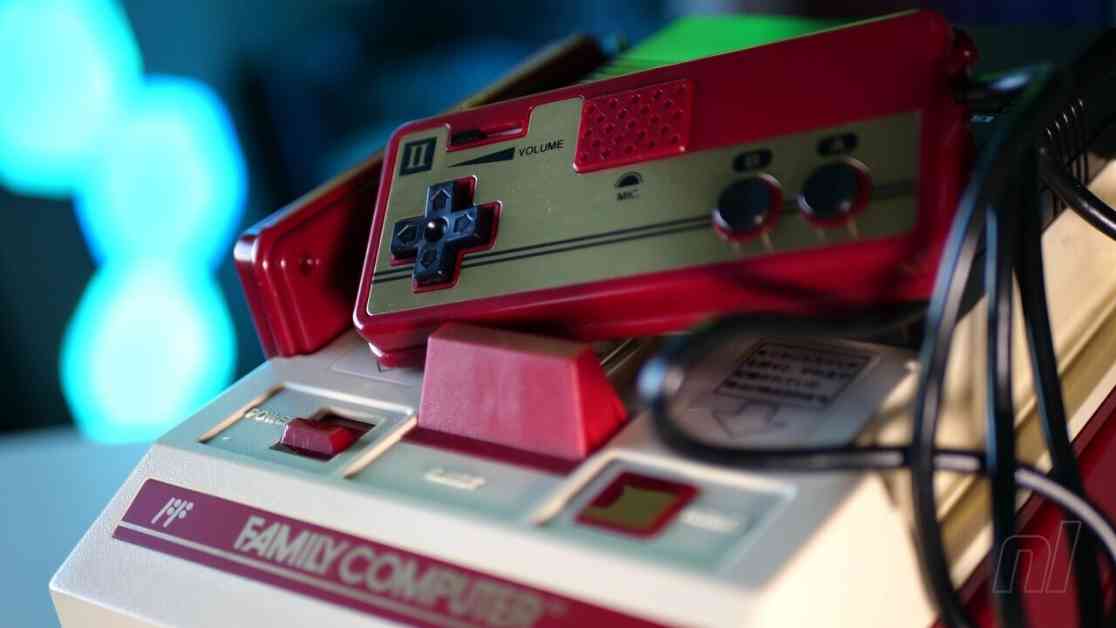Metal Slader Glory may not be a household name, but its impact on the gaming industry is undeniable. Released in 1991 for the Famicom, the game was a commercial failure for HAL Laboratory, the developer behind iconic titles like Kirby and Super Smash Bros. However, the story of Metal Slader Glory is more than just a cautionary tale of a flop – it’s a key chapter in the history of Nintendo and HAL’s intertwined relationship.
The game’s development was a laborious process, taking four years to complete. Yoshimiru, the creative force behind Metal Slader Glory, faced numerous challenges in bringing his vision to life on the aging Famicom hardware. The game’s ambitious scope and advanced graphics pushed the limits of what was thought possible on the system, resulting in a title that was one of the largest Famicom games ever made.
Despite its technical achievements, Metal Slader Glory failed to resonate with audiences upon its release. The game received mixed reviews and struggled to recoup its development costs, contributing to HAL Laboratory’s financial troubles in the early ’90s. The company was on the brink of bankruptcy when Nintendo stepped in to save the day, with Satoru Iwata appointed as president to lead HAL out of its dire situation.
Under Iwata’s leadership, HAL Laboratory underwent a transformation, focusing on quality and innovation. The success of titles like Kirby’s Adventure and Earthbound helped to revitalize the company, setting the stage for Iwata’s eventual rise to the presidency of Nintendo. The partnership between Nintendo and HAL grew stronger, with the two companies working closely together on a variety of projects.
Metal Slader Glory itself saw a re-release in 2000 as Metal Slader Glory: Director’s Cut, marking the end of an era for the Super Famicom. While the game may not have achieved commercial success in its initial run, its lasting legacy lies in the lasting impact it had on the relationship between Nintendo and HAL Laboratory.
Today, HAL Laboratory continues to create beloved games for Nintendo consoles, with a legacy that can be traced back to the ambitious but ultimately unsuccessful Metal Slader Glory. The story of this forgotten Famicom title serves as a reminder of the challenges and triumphs that shape the world of game development, and the enduring partnerships that can emerge from even the most difficult circumstances.
















